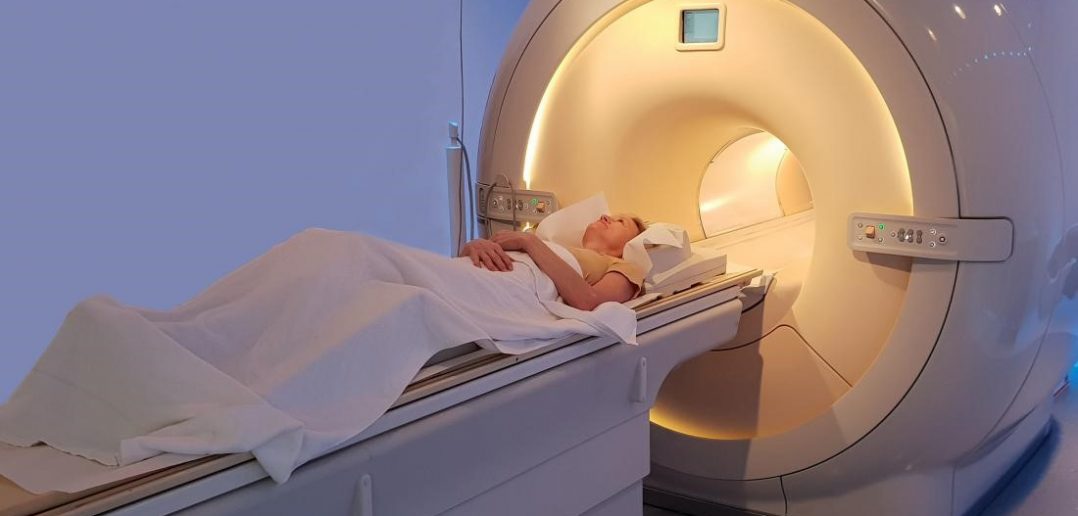If your reading this blog, the first thing comes to your mind is that what is an MRI?
What is an MRI?
A Magnetic Resonance Imaging (MRI) machine uses a huge powerful magnet, that produces radio waves and a computer to produce hi-resolution images of the insides of your body. The machine is a hollow tube-like structure surrounded by a circular magnet. The patient is asked to sleep on a moveable bed that goes into the hollow tube called as the magnetic bore for scanning. MRI is a common imaging diagnostic test that doctors recommend for a range of conditions.
Many people would have heard some scary stories before getting an MRI done. Sometimes it is just fear or the idea of lying on a table and sliding inside the big magnet can make you phobic. In spite of all stories, MRI’s are not that frightening as it seems and that will help your doctor diagnose your medical conditions in a much better way. There are many queries people have before getting an MRI and this blog will help address you interesting facts about an MRI.
- NMR changed to MRI: Not many of us know that originally when MRI was invented it was named as Nuclear Magnetic Resonance (NMR). Later, it was changed to Magnetic Resonance Imaging (MRI) as it was presumed to be negative connotation of the word “nuclear”.
- MRI as a Safe Machine: Magnetic Resonance Imaging is safe as they do not carry any risk of radiations. Although there are some common risk of magnetic fields and radio waves but they can be fairly taken care of. If safety is a concern for you, you can consult your doctor, before getting an MRI done.
- MRI as a Noisy Machine: The MRI machine produces a disturbing noise while scanning which often results in anxiety problems in patients. To overcome this problem, patients are provided with MRI compatible ear plugs or headphones by the MRI technician to help reduce the noise and also listen to the music and stay relaxed.
- Metals Not Permitted: In MRIs, metals are not allowed with the patients and its relatives entering the MRI room. It’s important to leave all your metal belongings outside the MRI room or it is better to come metal free from home before conducting the scan. It is also important to let the MRI Technician know if you have any metallic implants or hearing aids before entering the MRI room. There is also a Metal Detector Barrier to check if you are carrying any metal with you while entering the MRI room for the scan.
- Stay Still: It is important that you do not move inside the MRI machine while scanning. If you stay still, the MRI technician will able to take better quality of images while scanning. Patient moving inside the magnet bore while scanning can create motion artifacts decreasing the quality of the MR images and making it unreadable to the doctors. Therefore, it is important to stay as focused as possible and try not to move inside the MRI machine.
- MRI Image Quality: Apart from the no use of radiation, another advantage of an MRI machine is they provide the better quality of images than other imaging tests. MRI images are of high quality which makes it easier for radiologist to find any minute fracture or lesion which is not clearly visible in CT scan or X-ray images.
- Patient Experience: The majority of patients felt that they are being trapped for a longer duration of time. They felt the loss of control as a result of uncertainty. But as they hear a MRI technicians sound on their earphones they get relax. Some patients meditate or apply some breathing exercises to stay calm inside the machine. In some scans the patient has to follow the technician’s commands in the ongoing scans to achieve the better quality of results.
- MRI Communication System: There is also a two way intercom system for communication between patient and MRI technician. The part of the body which is being scanned will be placed in the middle of the magnetic bore. The technician will also provide you with an alarm ball to alert the technician of any discomfort you may experience at any point during the MRI exam.
- Scan Duration: Usually the MRI scan tends to be of longer duration than CT scan or X-rays. The duration of the scan will vary according to the body part but the average scan time is 45 minutes to one hour per body part. You may be instructed to hold your breath for up to 30 seconds, depending on the type of scan which is performed.
- MRI Contrast: Contrast usually refers to the medicine that is injected into the patient while the scan is performed. Contrast materials are used to improve the quality of the images of the patient’s body parts. Most often, contrast allows the radiologist to differentiate between normal and abnormal conditions by improving the visibility of the organs, blood vessels or tissues. Contrast when injected into the body; make certain structures or tissues appear different on the images than they would if no contrast had been administered. The most commonly used MRI Contrast is Gadolinium.
- MRI as a Research Tool: Magnetic Resonance Imaging scans are used by researchers for statistics in field of medicine. As mentioned earlier, the MRI machine don’t use radiation, they’re a popular tool for researchers to examine changes in the human system without the fear of any undue exposure. Many research organizations work on MRI as a primary tool for research.
So now as you know what to expect before getting an MRI. There is nothing to get scared as MRI is a standard medical procedure.
You may like to read How to ensure patient safety during MRI scan?
